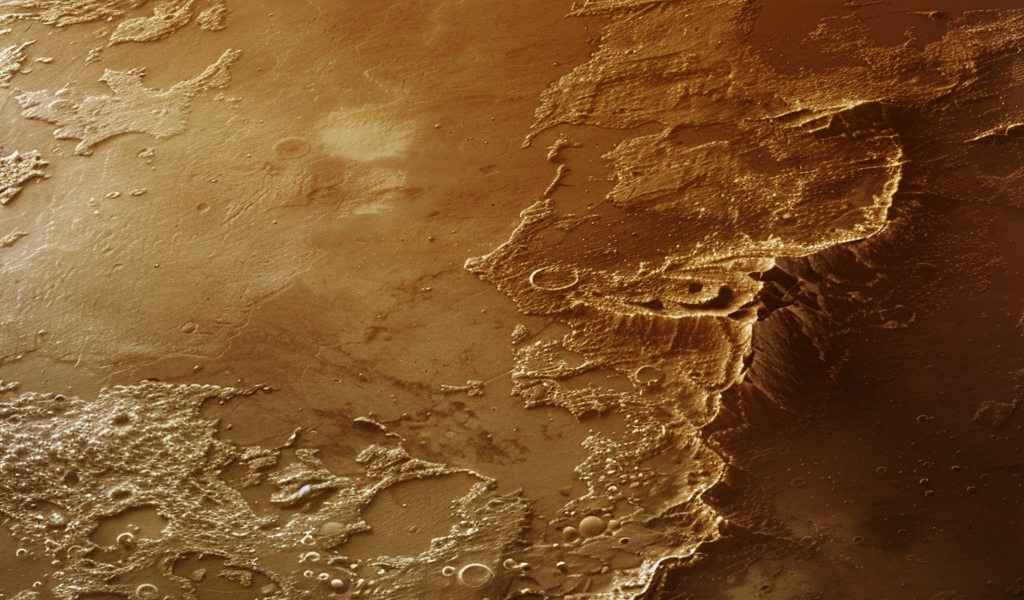Saturn’s moon Titan continues to intrigue scientists with its unique features, and the latest discovery suggests that its shorelines may have been shaped by waves of liquid hydrocarbons. These waves, estimated to reach a height of about a meter, could be a key factor in the geological evolution of Titan.
During a flyby of Titan in 2012, the Cassini spacecraft captured a bright reflection on the surface of the lake Kivu Lacus, hinting at possible wave activity. The Visual and Infrared Mapping Spectrometer data from the flyby indicated roughness on the methane-ethane lake, raising the possibility of mudflats, surfacing bubbles, or actual waves.
Rose Palermo, a coastal geomorphologist at St. Petersburg Coastal and Marine Science Center, led a study exploring the signatures of wave erosion on Titan. According to Palermo, their landscape evolution models suggest that Titan’s shorelines resemble those of Earth lakes eroded by waves, indicating a potential history of wave activity on the moon.
While the evidence of waves on Titan remains inconclusive, the prospect of future crewed missions to the moon potentially encountering surf-worthy waves has sparked curiosity. However, conflicting observations have emerged, with some studies suggesting minimal wave activity due to low winds during previous observations.
Despite the challenges of confirming wave presence with current data limitations, Palermo’s team utilized indirect cues to infer the potential impact of waves on Titan’s landscape. By simulating erosion scenarios, including wave activity, the researchers found that wave erosion closely matched the observed coastline shapes on Titan.
Looking ahead, the next mission to Titan, Dragonfly, is not expected to arrive until 2034, delaying the opportunity for more detailed observations. In the meantime, researchers continue to analyze existing data and simulations to unravel the mysteries of Titan’s geological history and the role of liquid hydrocarbon waves in shaping its shorelines.





